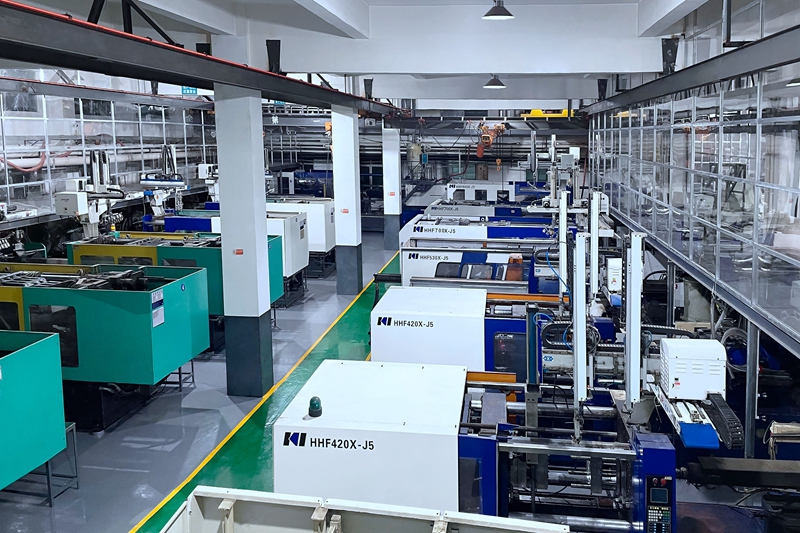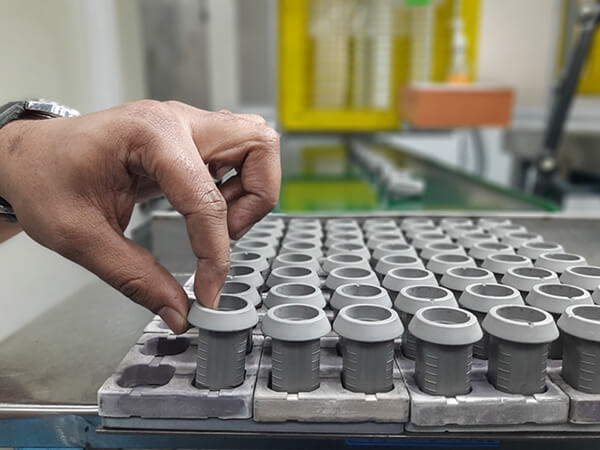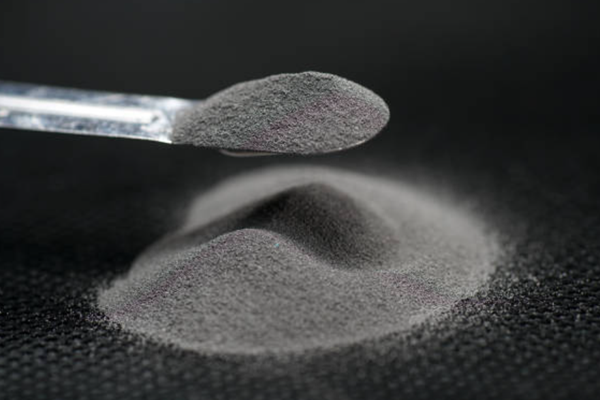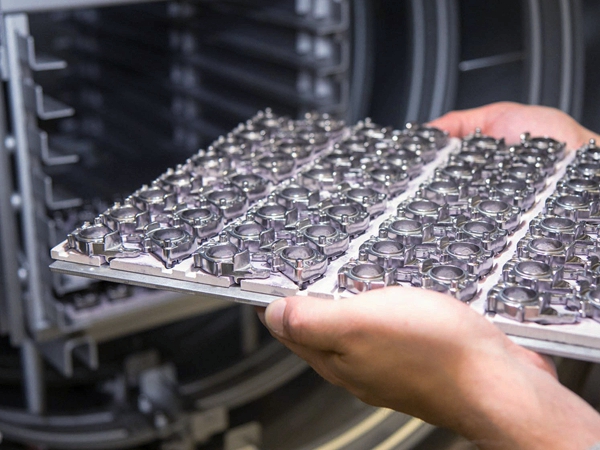MIM W-Ni-Cu
MIM W-Ni-Cu Injection Molding
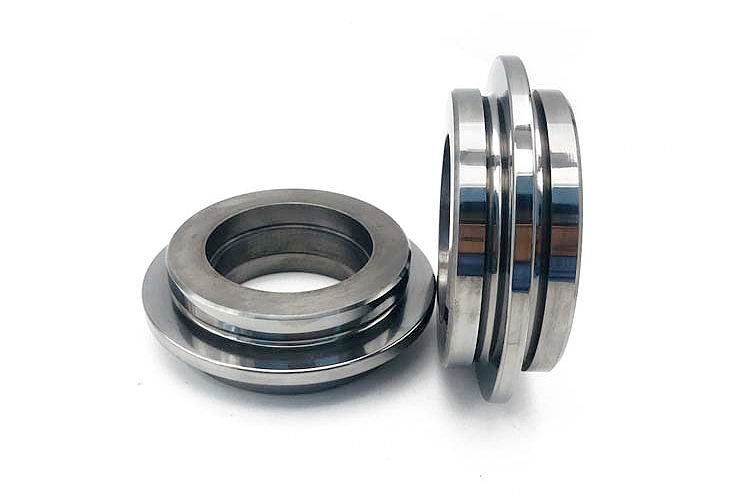
MIM W-Ni-Cu Injection Molded Electrical Conductivity Parts
MIM W-Ni-Fe (Tungsten-Nickel-Iron) components in the electronics industry are precision-crafted parts known for their high density, magnetic properties, and reliability.
Typical applications of MIM W-Ni-Fe components in the electronics industry:
X-ray Device Shielding: These components provide effective radiation shielding in medical and dental X-ray equipment, ensuring safety for patients and operators.
Electrical Contacts: MIM W-Ni-Fe creates high-performance electrical contacts, ensuring efficient and reliable current flow in connectors and switches.
Magnetic Sensors: Their magnetic properties make them suitable for various sensors, enhancing sensitivity and precision.
EMI Shielding: MIM W-Ni-Fe components are employed in electromagnetic interference (EMI) shielding solutions, protecting sensitive electronic devices from external interference.
Lead Frames: Precision lead frames for semiconductor packaging benefit from the high density and mechanical strength of MIM W-Ni-Fe, ensuring the integrity of electronic components.
Typical Properties of MIM W-Ni-Cu
MIM W-Ni-Cu Chemical Composition
Element | Tungsten (W) | Nickel (Ni) | Copper (Cu) |
|---|---|---|---|
Composition (%) | 90.0 | 6.0 | 4.0 |
MIM W-Ni-Cu Physics and Mechanical Properties
Property | Status | Tensile Strength (MPa) | Yield Strength (MPa) | Impact Strength (J/cm²) | Hardness (HRC) | Young's Modulus (GPa) | Poisson's Ratio | Elongation (%) | Density (g/cm³) |
|---|---|---|---|---|---|---|---|---|---|
Typical Values | Excellent | 750 | 600 | 2.0 | 28 | 300 | 0.29 | 5 | 16.5 |
MIM W-Ni-Cu Injection Molding Applications
MIM W-Ni-Cu Injection Molded X-ray Device Shielding
MIM W-Ni-Fe (Tungsten-Nickel-Iron) sensor housings play a crucial role in the electronics industry. These precision components protect sensitive sensors from external influences, ensuring their accurate and reliable performance.
Firstly, MIM W-Ni-Fe parts offer excellent electrical conductivity, making them ideal for sensor housings where maintaining a stable electrical connection is paramount. Secondly, their high density provides effective shielding against electromagnetic interference (EMI) and radiation, preserving the integrity of sensor data.
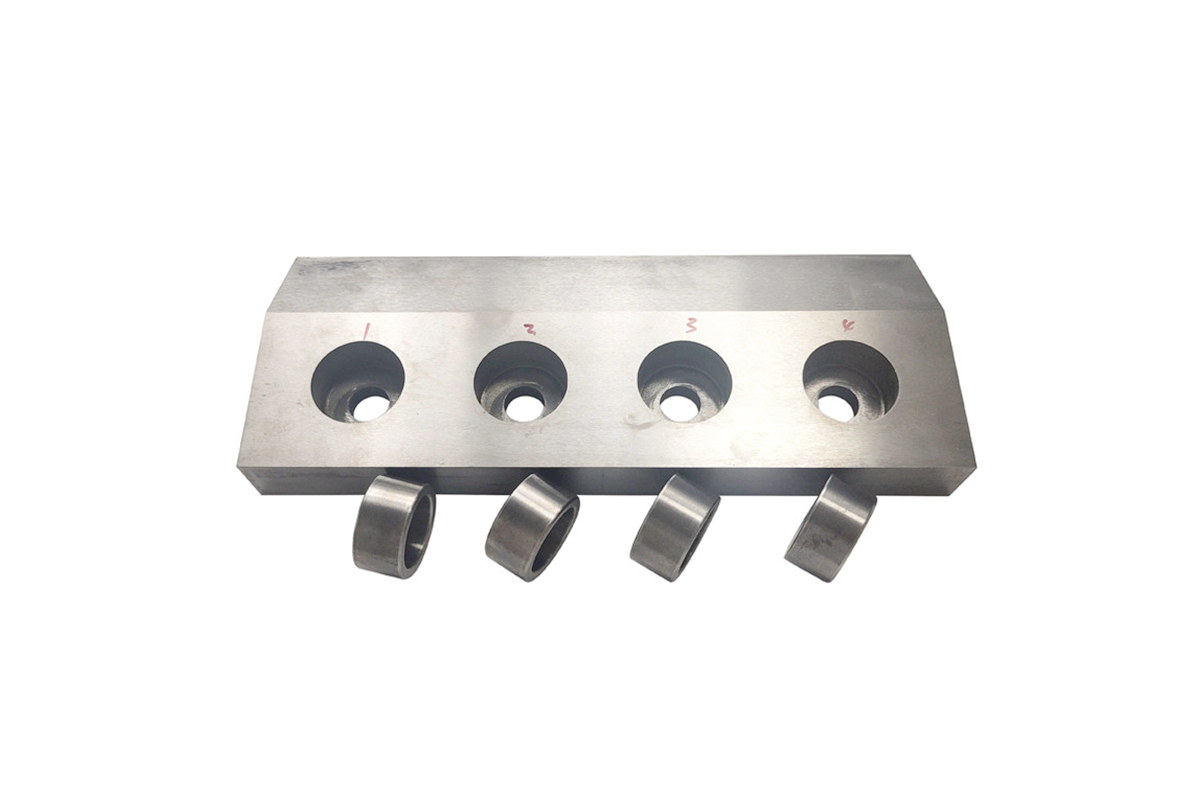
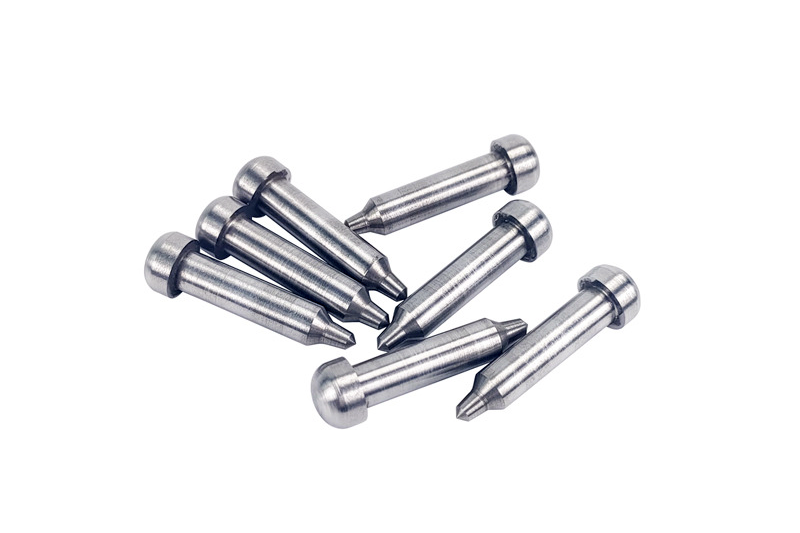
MIM-Sintering MIM W-Ni-Cu Electrical Contacts
MIM W-Ni-Cu (Tungsten-Nickel-Copper) electrical contacts produced through Metal Injection Molding (MIM) sintering are highly regarded in the electrical industry for their exceptional electrical conductivity. The MIM-sintering process allows for creating intricate and precisely shaped electrical contacts with minimal material wastage. These contacts exhibit low resistivity, ensuring efficient current flow and reliable electrical connections.
The popularity of MIM-sintered W-Ni-Cu parts in electrical conductivity applications stems from their ability to maintain low resistive losses during energy transmission, making them ideal for connectors, switches, and conductive components in a wide range of electronic devices. Their durability, wear resistance and ability to withstand high temperatures contribute to their popularity, ensuring long-lasting and dependable electrical connections in demanding electrical systems.
MIM-Sintering MIM W-Ni-Cu Magnetic Sensors
MIM-sintered W-Ni-Cu (Tungsten-Nickel-Copper) magnetic sensors represent a remarkable application in the electronics industry. These sensors are known for their precise magnetic field detection capabilities, crucial in various applications, including automotive, industrial automation, and consumer electronics. The MIM-sintering process enables the production of intricately shaped and susceptible sensor components.
The popularity of MIM-sintered W-Ni-Cu parts in magnetic sensors arises from their excellent electrical conductivity and magnetic properties. This combination allows for the creation of sensors with superior sensitivity and accuracy. The MIM-sintered parts are also durable and can withstand harsh environmental conditions, making them reliable for long-term use in demanding electronic systems.
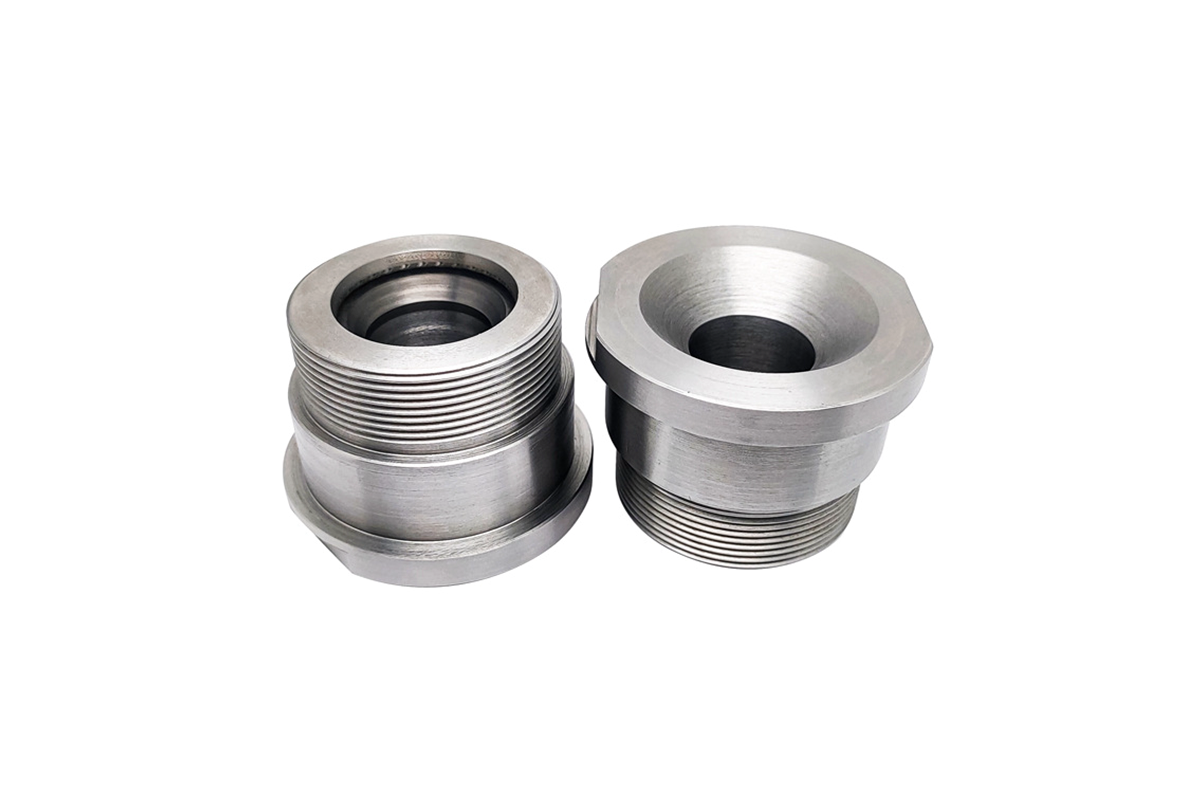
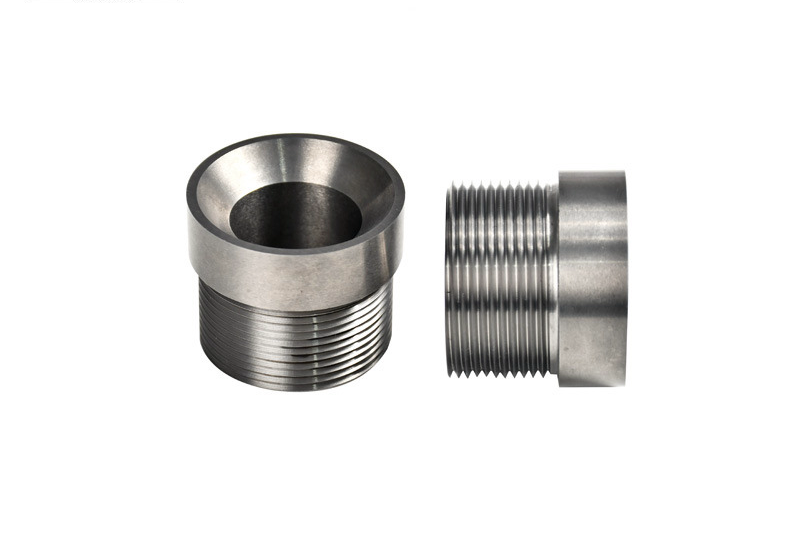
MIM-Sintering MIM W-Ni-Cu EMI Shielding
MIM-sintered W-Ni-Cu (Tungsten-Nickel-Copper) components excel in electromagnetic interference (EMI) shielding applications within the electronics industry. These components are renowned for mitigating unwanted electromagnetic interference and maintaining signal integrity in sensitive electronic devices. The MIM-sintering process allows for the precise manufacturing of EMI shielding components with intricate designs, ensuring adequate protection against external electromagnetic disturbances.
The popularity of MIM-sintered W-Ni-Cu parts in EMI shielding arises from their dual benefits of excellent electrical conductivity and high-density properties. These characteristics enable them to create robust shielding barriers that efficiently divert and absorb electromagnetic waves. In an era where electronic devices are becoming increasingly susceptible to EMI, MIM-sintered W-Ni-Cu components have emerged as a preferred choice for ensuring reliable and interference-free electronic operation, making them indispensable in the electronics industry.
Industries We Cover In Metal Injection Molding
As an experienced metal injection molding manufacturer, Neway is involved in many industries and trusted by big brand companies.
The industries we cover include:
